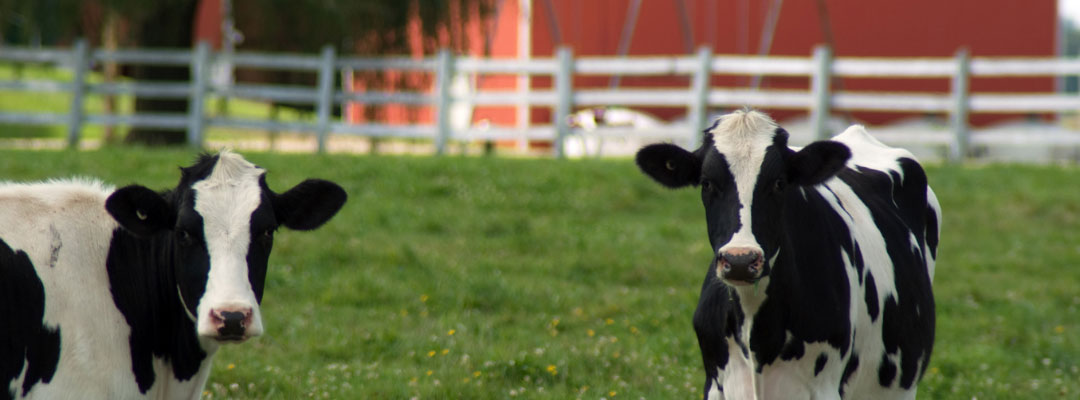Most livestock marketing and management discussions over the past six to nine months have focused on the drought, high feed prices, and increased cow and heifer slaughter. These discussions generally pertain to what cattle producers need to do in the immediate future. However, these same discussion points have longer term implications that should be discussed. Given that heifer slaughter year-to-date is nearly 5 percent higher than 2021 and that beef cow slaughter is more than 13 percent higher than 2021, there will certainly be opportunities in the bred heifer market as soon as drought subsides and cattle producers move into herd expansion mode.
The million-dollar question is when should a person take the risk to try to meet this expected future demand for breeding females? There is no way to know, but one can have an idea of what bred heifers should be worth in the future. Based on research in Tennessee, bred heifer and weanling heifer (550 lb) values are highly correlated. Historically speaking, bred heifers sold in May to calve in the fall have been worth 2.5 times the value of a 550 pound heifer while bred heifers sold in November to calve in the spring have been worth 2.8 times the value of a 550 pound heifer sold at the same time. Thus, if feeder cattle futures are any indication of what can be expected for bred heifers in 2023, bred heifer values may be worth $2,400 to $2,600 per head. Producers should be asking themselves if there is an opportunity to breed and market bred heifers in 2023. It is certainly a big risk, but there is still money to be made if bred heifer values do not reach $2,400.
Figure 1. Bred heifer price ($/head) and feeder cattle price ($/cwt) for 500- to 600- pound heifers at the time of the May and November bred heifer sale from 2008 to 2017. (Boyer et al., 2020)


Boyer, C.N., A.P. Griffith, J. Thompson, J. Rhinehart, K.H. Burdine, and K. Laurent. 2020. Bred Heifer Price Determinants in the Southeast. Journal of Applied Farm Economics 3(2): Article 2. doi:10.7771/2331-9151.1042.
Griffith, Andrew. “Value of Bred Heifers in 2023“. Southern Ag Today 2(41.2). October 4, 2022. Permalink






